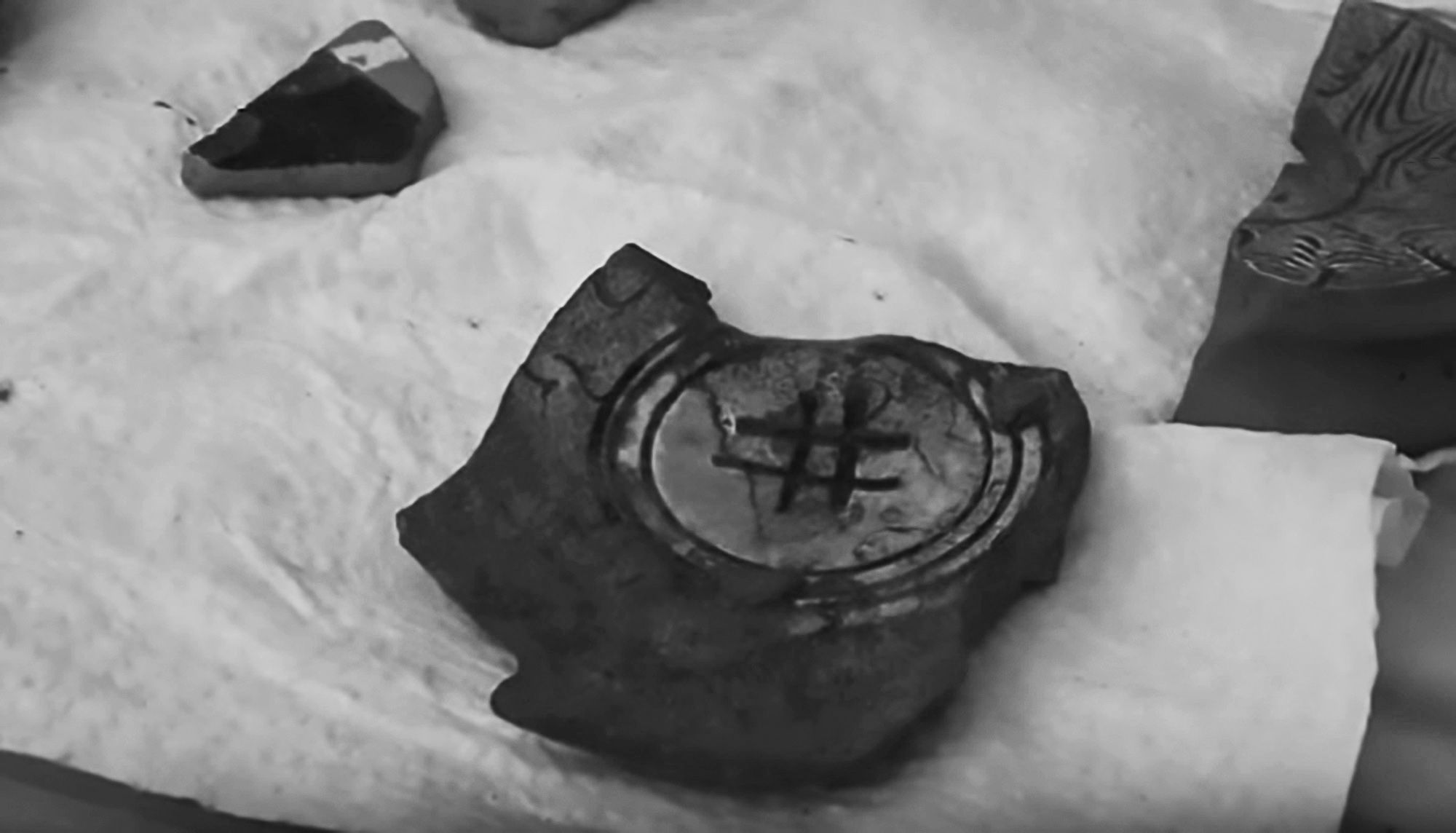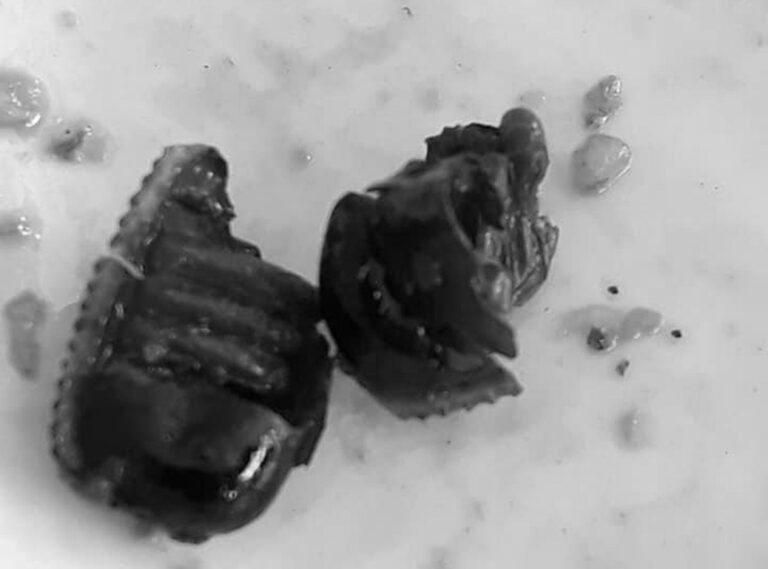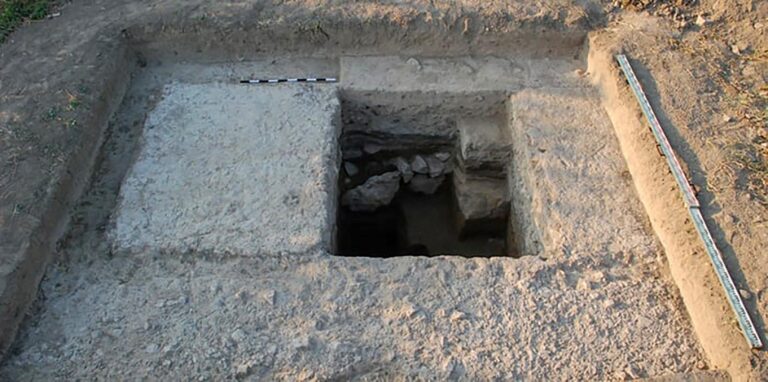This ‘hashtag’-like symbol has been discovered by archaeologists in Turkey on a ceramic slab which is over 700 years old and was made by the Byzantine Empire.
The ubiquitous symbol, also known as the number sign, was found carved into a ceramic object in the north-western Turkish province of Yalova.
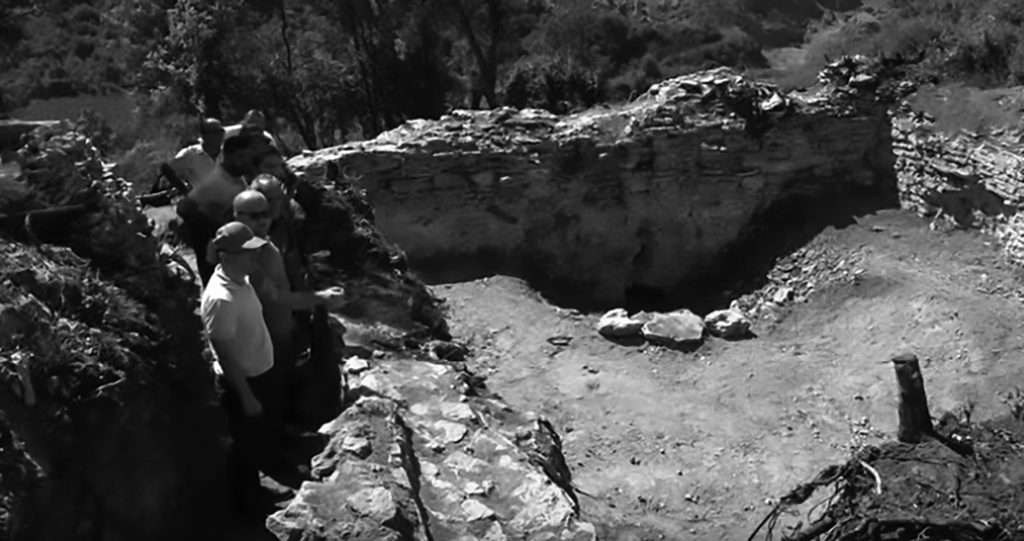
Scientists believe that the symbol on the ceramic slab, which has dominated the internet since 2007, was made in the late Byzantine era in the 13th century before the fall of the empire.
A team of experts has been carrying out digs at the site in Cobankale for the past three years.
The area was the scene of the Battle of Bapheus on 17th July 1302 between an Ottoman army under Osman I and a Byzantine army under George Mouzalon.
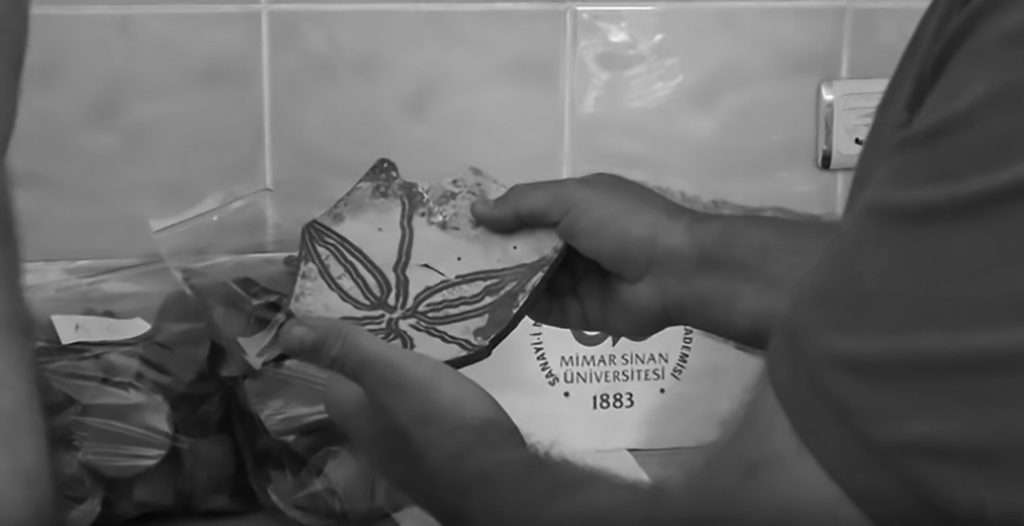
The battle ended in a crucial Ottoman victory, cementing the Ottoman state and marking the final capture of Byzantine Bithynia by the Turks.
The Byzantine Empire was finally dissolved by 1453.
A team led by Professor Selcuk Seckin has also found bone fragments, ceramic objects and iron tools during excavations at the site.
Last year, boffins reportedly found a 73,000-year-old ‘hashtag’ sign in a cave painting in South Africa.
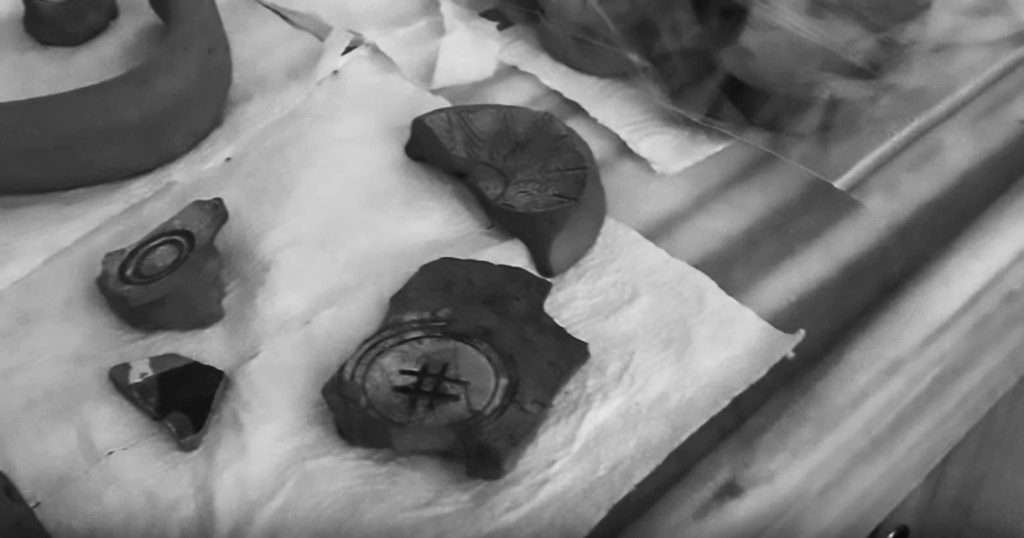
It is believed that the symbol traces its modern origins to a symbol used as an abbreviation of the Roman term ‘libra pondo’, which translates as “pound weight”. Examples of it being used to indicate pounds exist at least as far back as 1850.
To find out more about the author, editor or agency that supplied this story – please click below.
Story By: Sibel Abdiu, Sub-Editor: Alex Cope, Agency: Asia Wire Report
The Ananova page is created by and dedicated to professional, independent freelance journalists. It is a place for us to showcase our work. When our news is sold to our media partners, we will include the link here.

